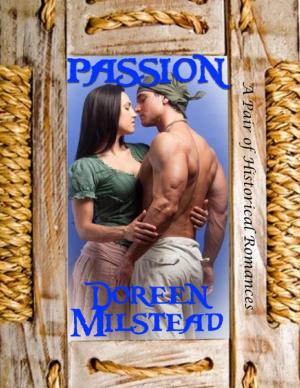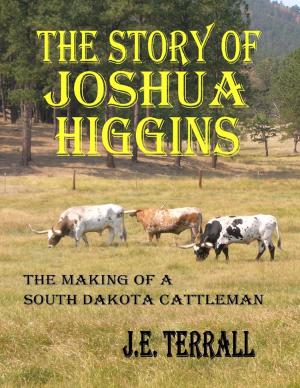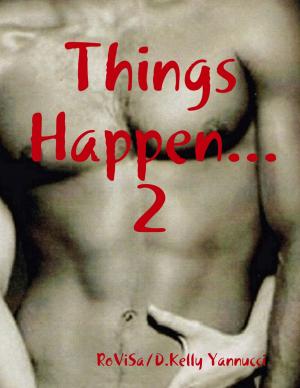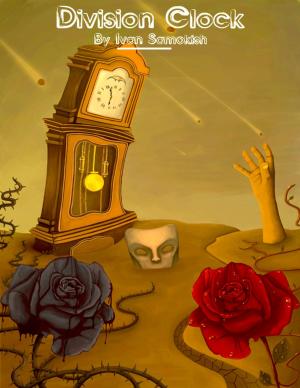| Author: | Edith Wharton | ISBN: | 9781291791716 |
| Publisher: | Lulu.com | Publication: | March 21, 2014 |
| Imprint: | Lulu.com | Language: | English |
| Author: | Edith Wharton |
| ISBN: | 9781291791716 |
| Publisher: | Lulu.com |
| Publication: | March 21, 2014 |
| Imprint: | Lulu.com |
| Language: | English |
Originally published in 1907, The Fruit of the Tree is a conventionally structured novel hinging upon a love triangle with the principle male character, John Amherst providing the hinge between two different female leads, Bessy Langhope, a mill owner, and Justine Brent, a nurse. Wharton's treatment of the triangle is less conventional, certainly without the kind of emotional competition that might have been used, but then in many respects it only serves as a framework upon which she decided to hang the issues on which the novel is built. The first of these issues is the nature of the new economy as Wharton saw, and within that the relationship between capital, in the form of the mill, and labour. The effects of this relationship are examined through the experiences of Justine Brent and analysed to an extent by John Amhurst. The other issue is that of euthanasia, though to explain the relevance of that issue would provide an important plot spoiler.
Originally published in 1907, The Fruit of the Tree is a conventionally structured novel hinging upon a love triangle with the principle male character, John Amherst providing the hinge between two different female leads, Bessy Langhope, a mill owner, and Justine Brent, a nurse. Wharton's treatment of the triangle is less conventional, certainly without the kind of emotional competition that might have been used, but then in many respects it only serves as a framework upon which she decided to hang the issues on which the novel is built. The first of these issues is the nature of the new economy as Wharton saw, and within that the relationship between capital, in the form of the mill, and labour. The effects of this relationship are examined through the experiences of Justine Brent and analysed to an extent by John Amhurst. The other issue is that of euthanasia, though to explain the relevance of that issue would provide an important plot spoiler.















